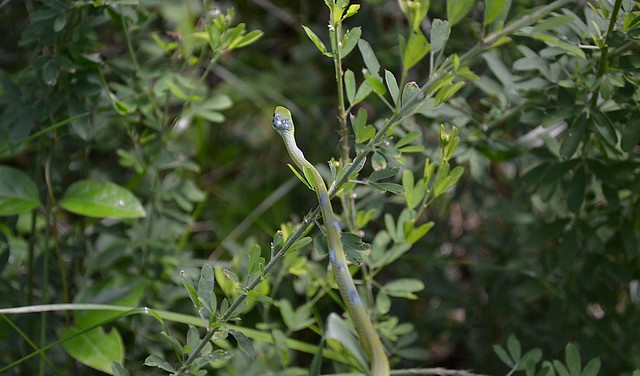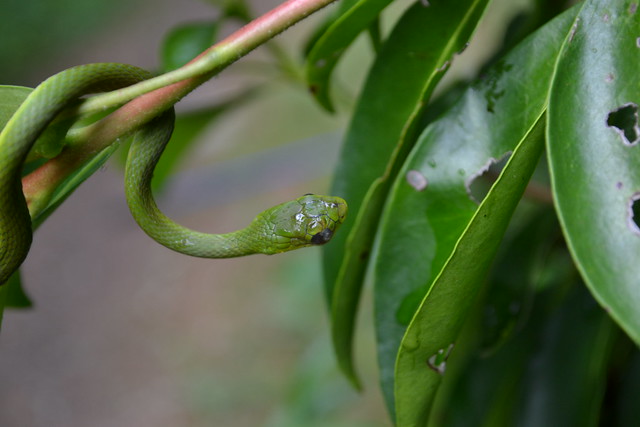Hi All,
Recently I reported on a study that documented declines of 50-90% in 17 populations of 8 snake species (please see article linked below). These findings brought to mind the global amphibian decline that was first uncovered in 1990. Since then, an emerging disease caused by the fungus Batrachochytrium dendrobatitis has likely caused the extinctions of over 100 frog species. Researchers seeking to avoid a similar crisis among the world’s snakes have now identified an emerging illness, Snake Fungal Disease, as cause for serious concern. Associated with a newly-described fungus, Chrysosporium ophiodiicola, the disease has been found in several species in 9 states (USA), but is likely much more widespread. Read article here http://bit.ly/1bHPrVb
Please also check out my posts on Twitter http://bitly.com/JP27Nj and Facebook http://on.fb.me/KckP1m
My Bio, with photos of animals I’ve been lucky enough to work with http://bitly.com/LC8Lbp. Thanks, Frank
Recently I reported on a study that documented declines of 50-90% in 17 populations of 8 snake species (please see article linked below). These findings brought to mind the global amphibian decline that was first uncovered in 1990. Since then, an emerging disease caused by the fungus Batrachochytrium dendrobatitis has likely caused the extinctions of over 100 frog species. Researchers seeking to avoid a similar crisis among the world’s snakes have now identified an emerging illness, Snake Fungal Disease, as cause for serious concern. Associated with a newly-described fungus, Chrysosporium ophiodiicola, the disease has been found in several species in 9 states (USA), but is likely much more widespread. Read article here http://bit.ly/1bHPrVb
Please also check out my posts on Twitter http://bitly.com/JP27Nj and Facebook http://on.fb.me/KckP1m
My Bio, with photos of animals I’ve been lucky enough to work with http://bitly.com/LC8Lbp. Thanks, Frank




